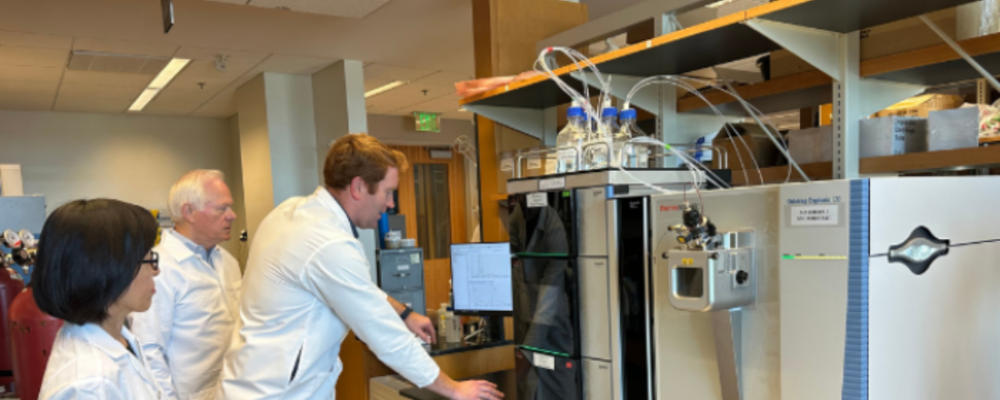
Study: Effects of Biomonitoring Report-back on Health Knowledge and Behavior
- Barbara Cohn, PhD, MPH, AB
- Katherine E. Boronow
Laurie Havas
Marj Plumb
Julia Green Brody
-
Focus Areas
Chronic Disease Prevention, Environmental Health -
Expertise
Research – Quantitative, Research – Survey -
Programs
Child Health and Development Studies

“The Effect of Individual or Study-Wide Report-Back on Knowledge, Concern, and Exposure-Reducing Behaviors Related to Endocrine-Disrupting Chemicals,” a study published in Environmental Health Perspectives and co-authored by PHI’s Dr. Barbara Cohn, investigates environmental health knowledge about EDCs; concerns about health effects; and exposure-reducing behaviors before and after the return of individual-level exposure results or only study-wide results.
see the full studyParticipants were interviewed before and after report-back to assess environmental health knowledge, concern, and exposure-reducing behaviors. The study also included a Participant Advisory Council in report development, which provided actions for prosocial engagement such as joining an advocacy group working to restrict exposures to toxic chemicals or telling a family member, friend, or neighbor about what participants learned from their report about chemicals and health.
The study was a community research collaboration comprising academically trained researchers at PHI’s Child Health and Development Studies program (CHDS), the CHDS Participant Advisory Council and Silent Spring Institute. PHI’s CHDS investigates how health and disease are passed on between generations—not only genetically, but also through social, personal, and environmental surroundings. Studies spanning over 60 years enable CHDS scientists to study health across generations and seek ways to prevent disease early in life.
Key takeaways
- Baseline knowledge about key environmental health principles was better than we expected, forming a foundation for understanding personal results. For example, more than 90% of participants understood that babies can be exposed to harmful chemicals during pregnancy.
- On the other hand, participants were not aware of gaps in U.S. chemical safety testing. At baseline, more than three-fourths of participants incorrectly believed that chemicals must be tested for safety before being used in products.
- Report-back improved knowledge scores, including gains on the two questions that had the poorest results at baseline.
- Participants acted to reduce their exposures after report-back, particularly for behaviors related to PFAS.
Background
To make informed decisions about endocrine-disrupting chemicals (EDCs), people need functional understanding of exposures and health and an ability to act on their knowledge. The return of biomonitoring results is an opportunity to educate people about EDCs and motivate exposure reduction.
Objectives
This study investigates environmental health knowledge about EDCs, concerns about health effects, and exposure-reducing behaviors before and after the return of individual-level exposure results or only study-wide results.
Methods
Women in the Child Health and Development Studies who were biomonitored for 42 EDCs were randomly assigned to receive a report with personal chemical results or only study-wide findings. We interviewed participants before and after report-back about their knowledge and concerns about EDCs and how frequently they performed exposure-related behaviors. We investigated baseline differences by education and race and examined changes after report-back by race and report type.
Results:
Discussion
Originally published by Environmental Health Perspectives
Work With Us
You change the world. We do the rest. Explore fiscal sponsorship at PHI.
Support Us
Together, we can accelerate our response to public health’s most critical issues.
Find Employment
Begin your career at the Public Health Institute.


